All 132 Edible Bamboo Species, Ranked from Best to Bitter
Can you eat bamboo? Yes, but not all of them… Of the 1718 known bamboo species worldwide, 132 species are recorded to have edible shoots. Edible meaning a satisfactory to delicious taste, because even though some bamboo shoots are classified as edible, they must be carefully prepared and boiled before consuming!
Bamboo shoots may contain significant, potentially very toxic amounts of cyanogenic glycosides. Various reports even place bamboo shoots amongst the most potentially toxic plant materials, exceeding apricot, bitter almond stones and considerably exceeding that of cassava.
However, the cyanogenic glycoside in bamboo is in fact taxiphyllin. Taxiphyllin is unusual amongst other similar compounds in the sense that it degrades readily in boiling water. Thus boiling or cooking bamboo shoots before you eat them will eliminate any toxicity. Of course you could also buy canned bamboo shoots that are ready for immediate consumption.
A Complete List of all known Edible Bamboo Species
💡 Tip: Use the filters or search box to quickly find bamboo species.
| Scientific Name | Common Names | Region of Origin | Taste/Quality | Notes |
|---|
Impact of Food-based Cyanide on Humans
Cyanide can and does cause significant health problems at sub-lethal levels. Some of the cassava-eaters in Africa have suffered harmful effects to the nervous system, including weakness of the fingers and toes, difficulty walking, dimness of vision, and deafness.
Some children who ate large quantities of apricot stones, which naturally contain cyanide as part of complex sugars, had rapid breathing, low blood pressure, headaches, and coma, and some died.
How to Detect Cyanide in Bamboo Shoots?
There are simple test kits to determine the presence of cyanide in bamboo shoots that can be used by an unskilled person for looking at cyanide levels in bamboo shoots, cassava roots and products, as well as other cyanogenic plant parts such as sorghum leaves, and flax seed meal.
The general principle is that a small sample of the plant or product is placed in a container with filter paper containing the required catalyst and a piece of picrate paper that reveals the amount of poison produced. The bottle is left overnight at room temperature. Next morning, when the breakdown to poisonous gas is completed, the color of the picrate paper indicates the level of toxicity.
How to Remove Cyanide in Bamboo Shoots?
The cyanogen in bamboo is taxiphyllin and therefore one of the few cyanogenic compounds that decompose quickly when placed in boiling water. Bamboo becomes edible because of this instability.
Boiling bamboo shoots for 20 minutes at 98°C removes nearly 70% of the HCN while all improvements on that (higher temperatures and longer intervals) remove progressively up to 96%. Thus even the highest quoted figures of cyanide found in bamboo shoots would be detoxified after cooking them for 2 hours.
Prepare fresh bamboo shoots for adding to your favorite dishes. Learn how to cook bamboo the traditional Japanese way.






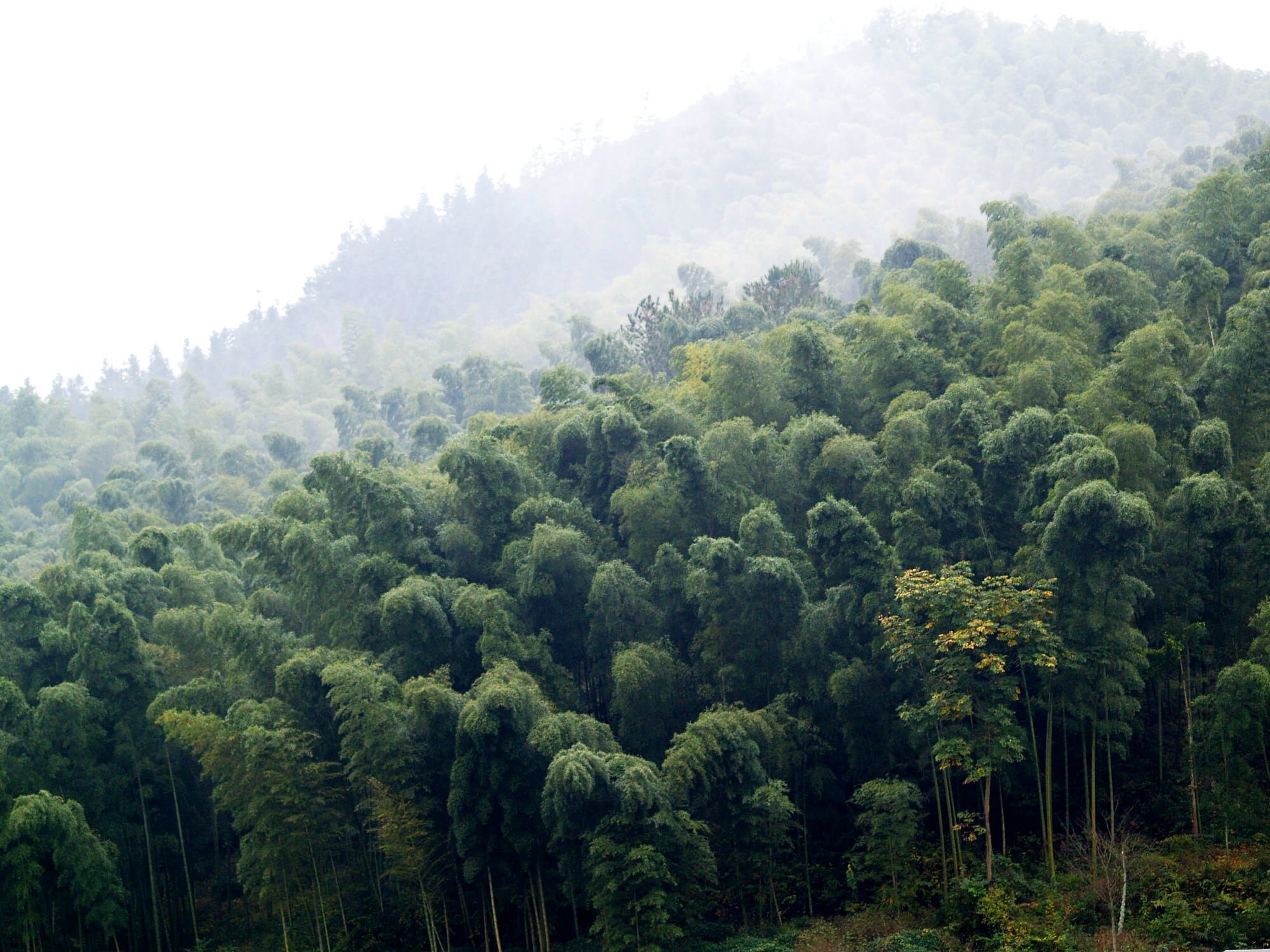

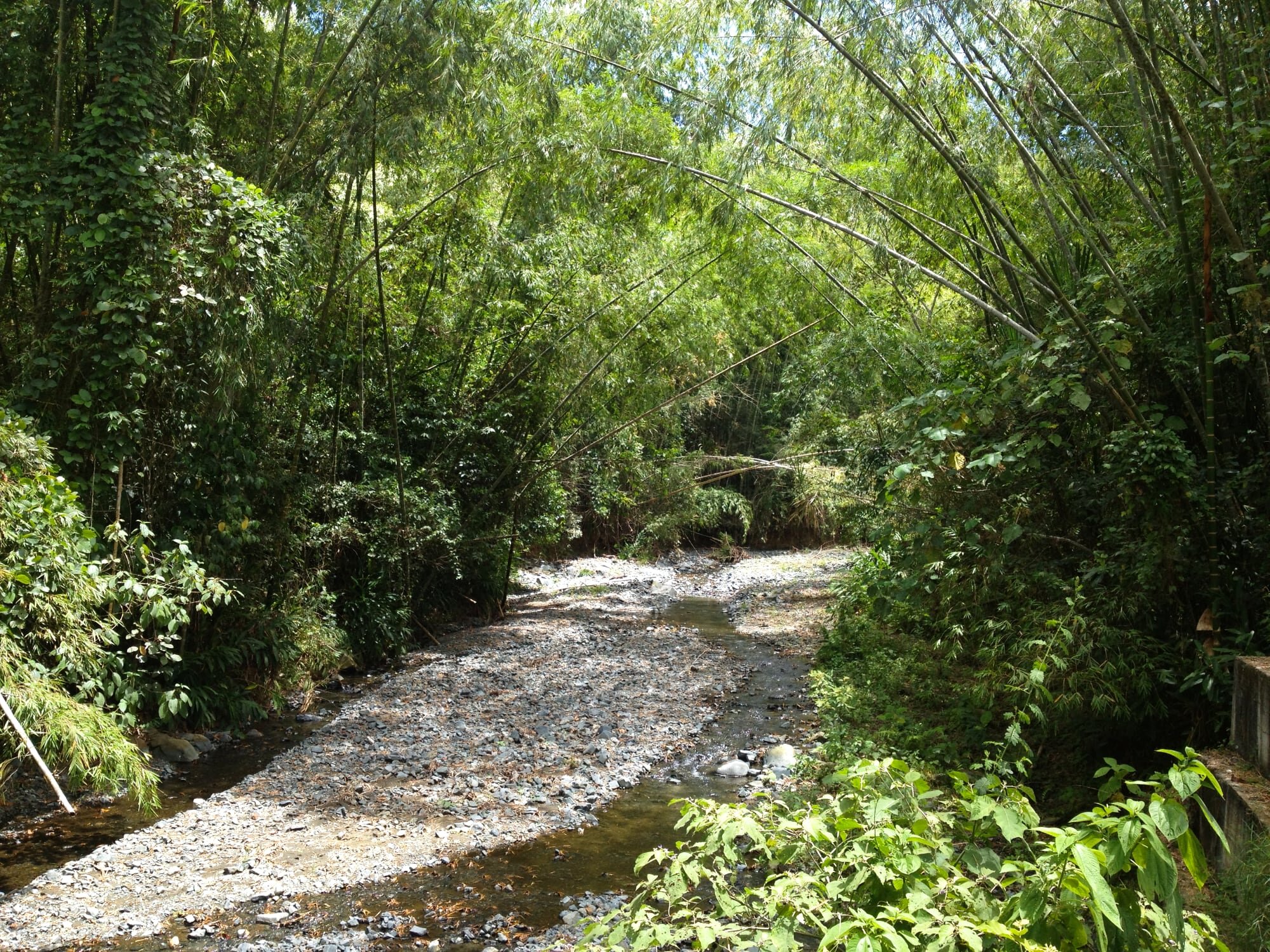

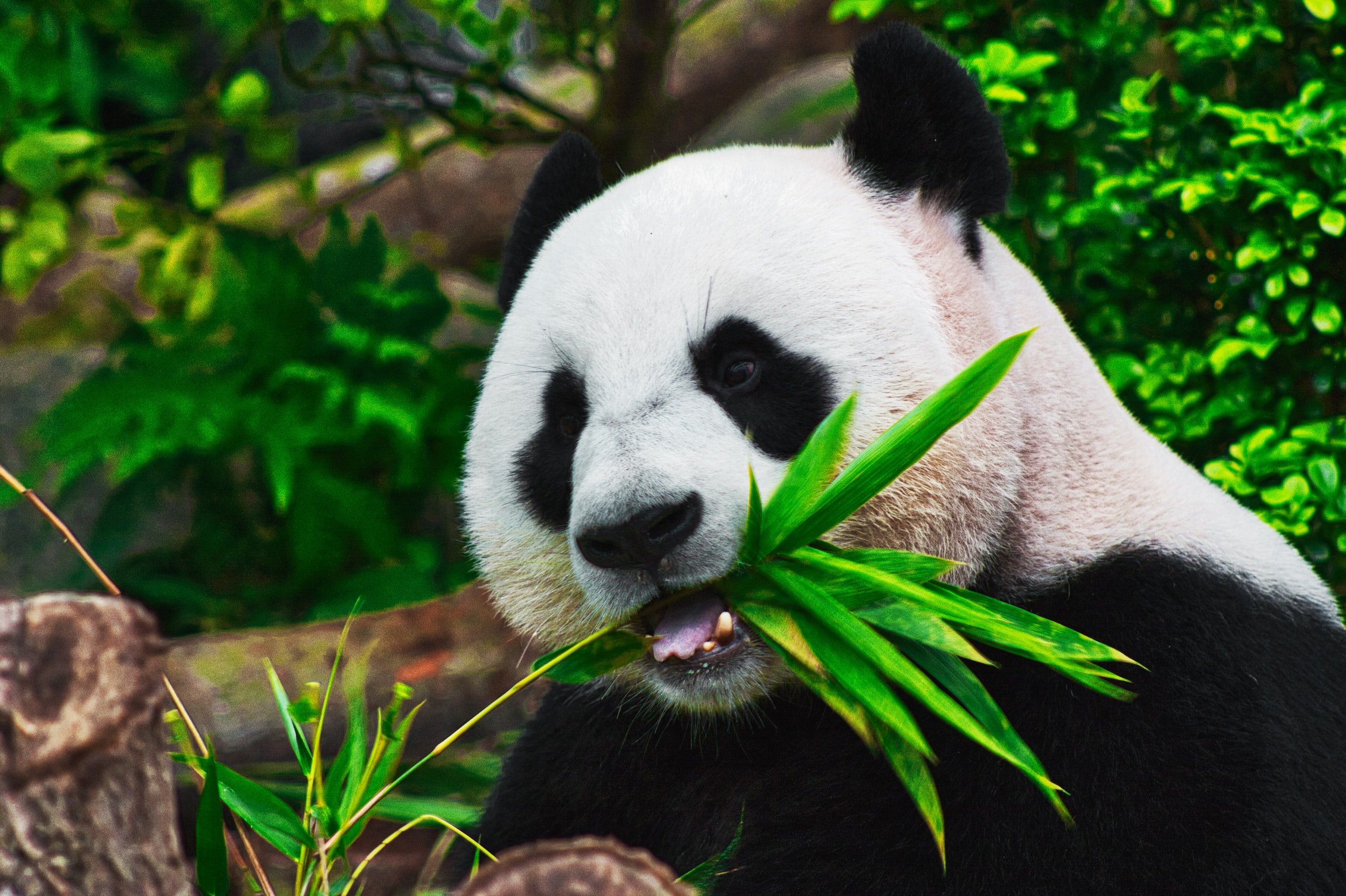

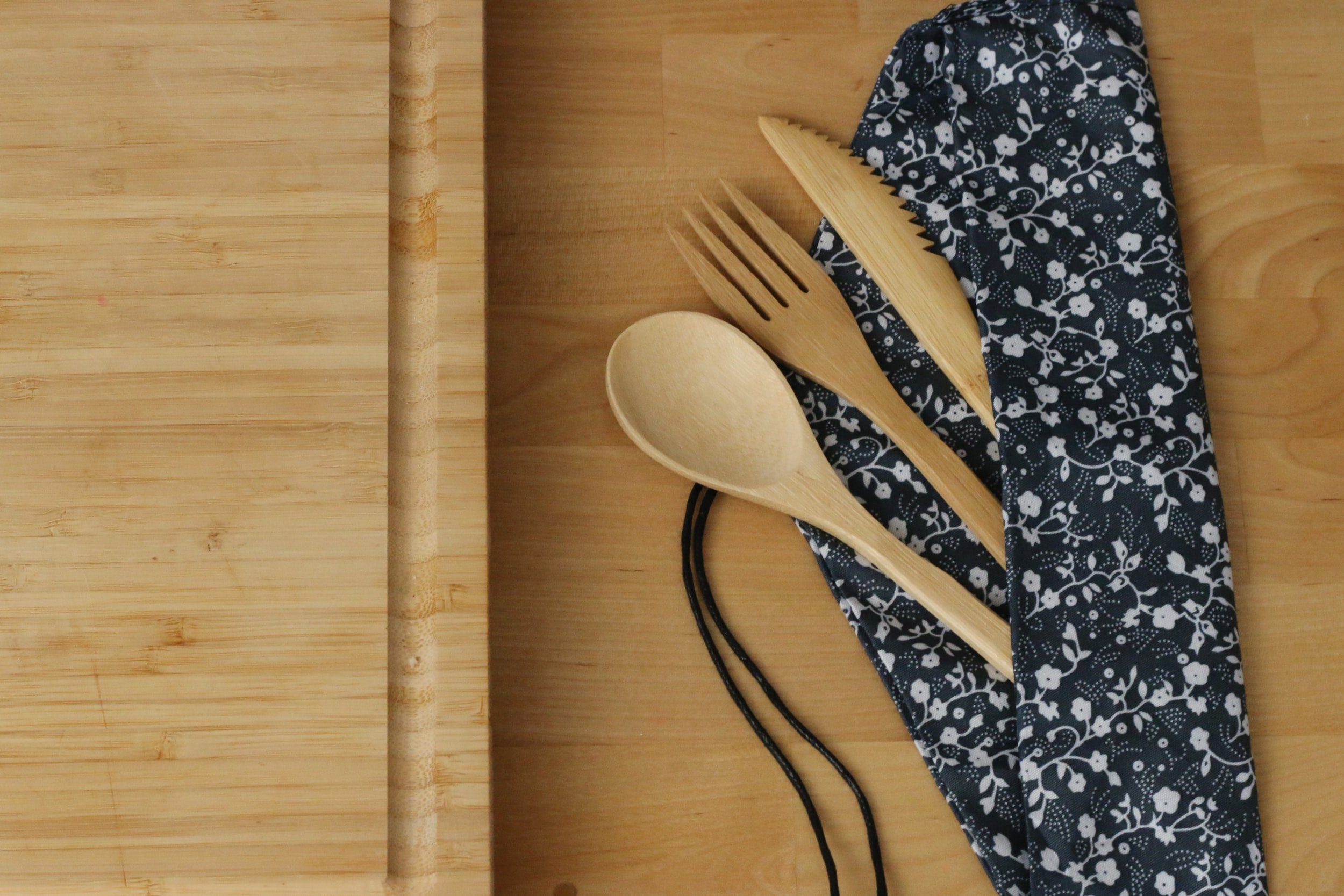

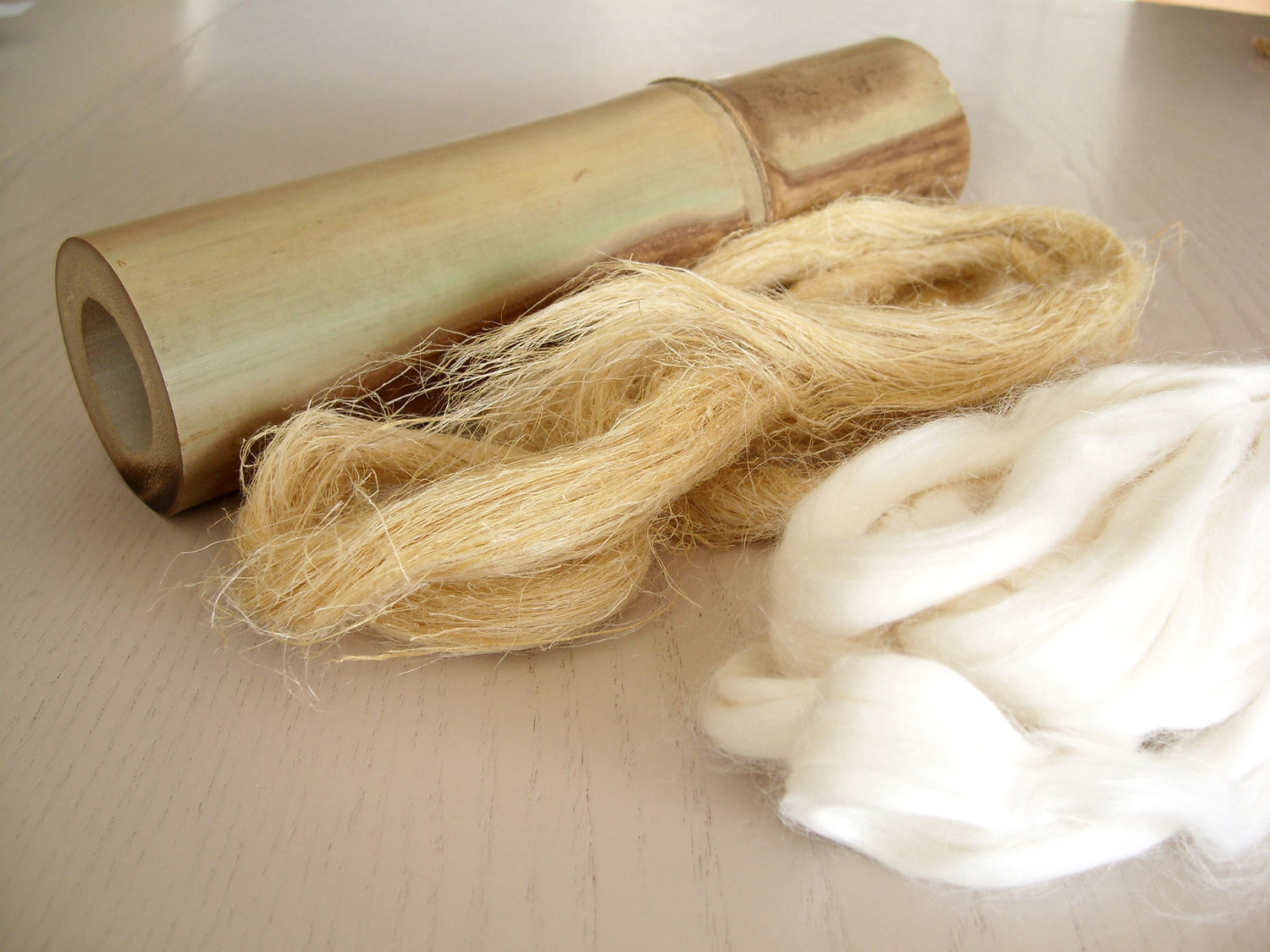
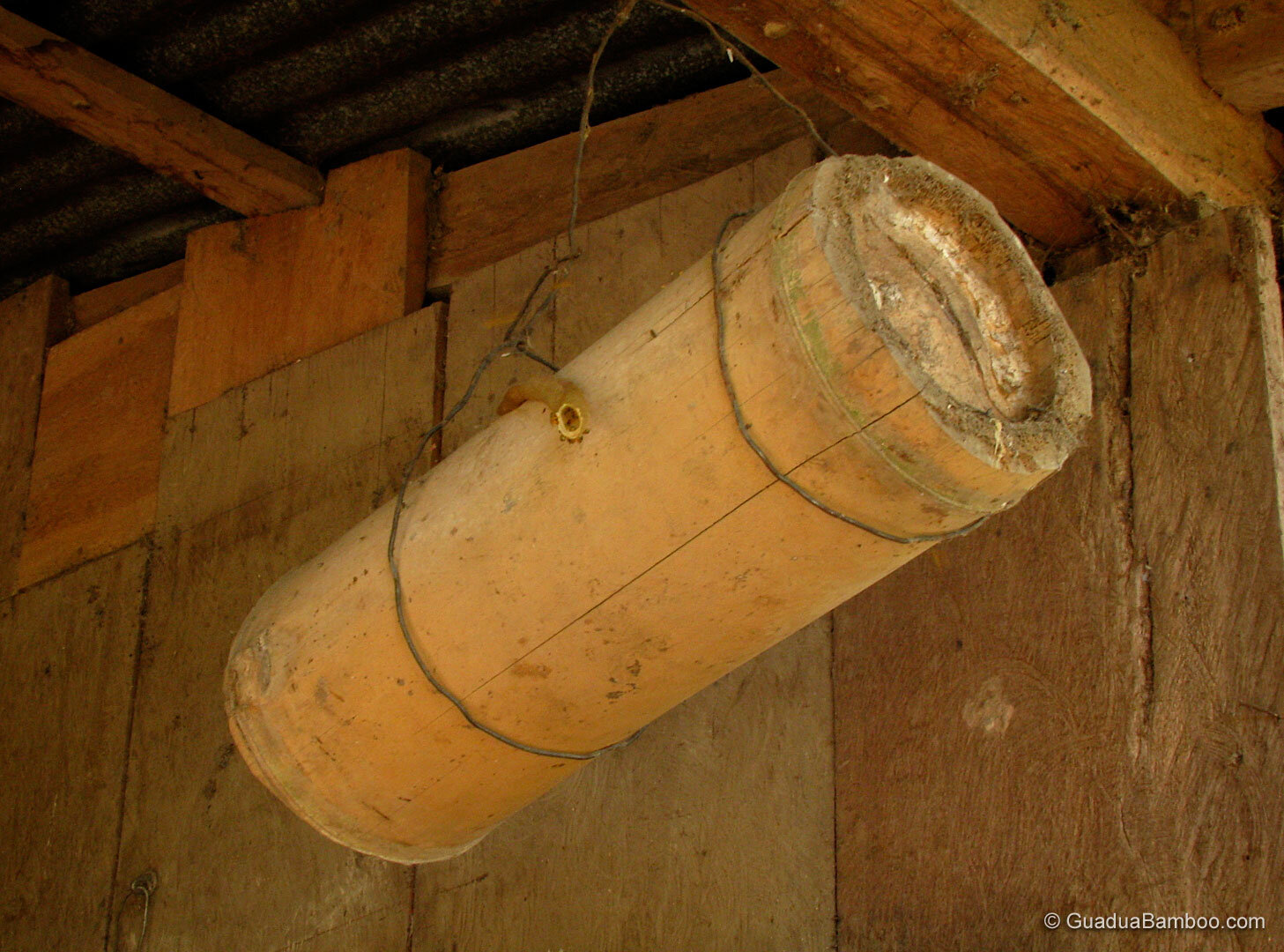
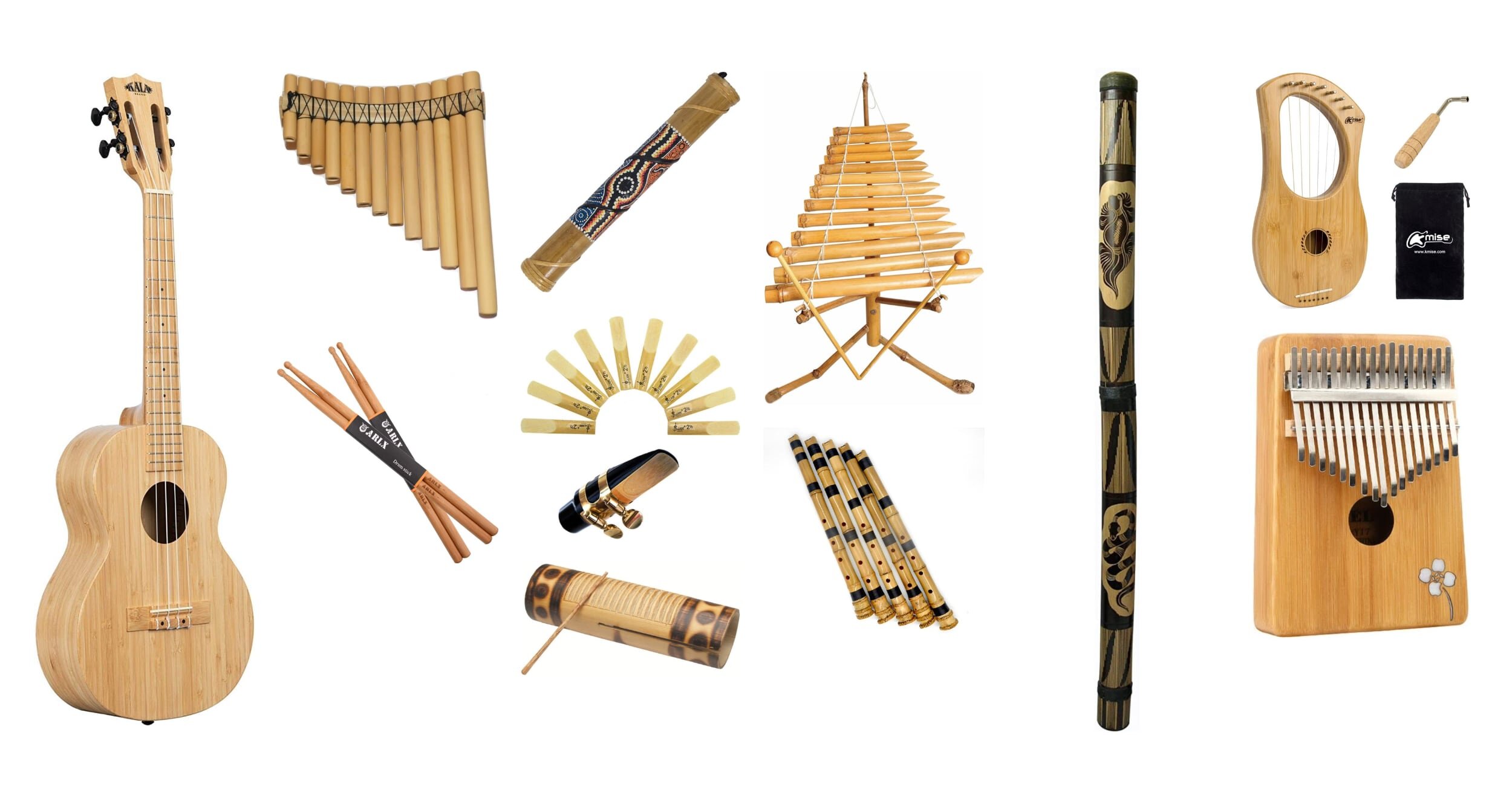
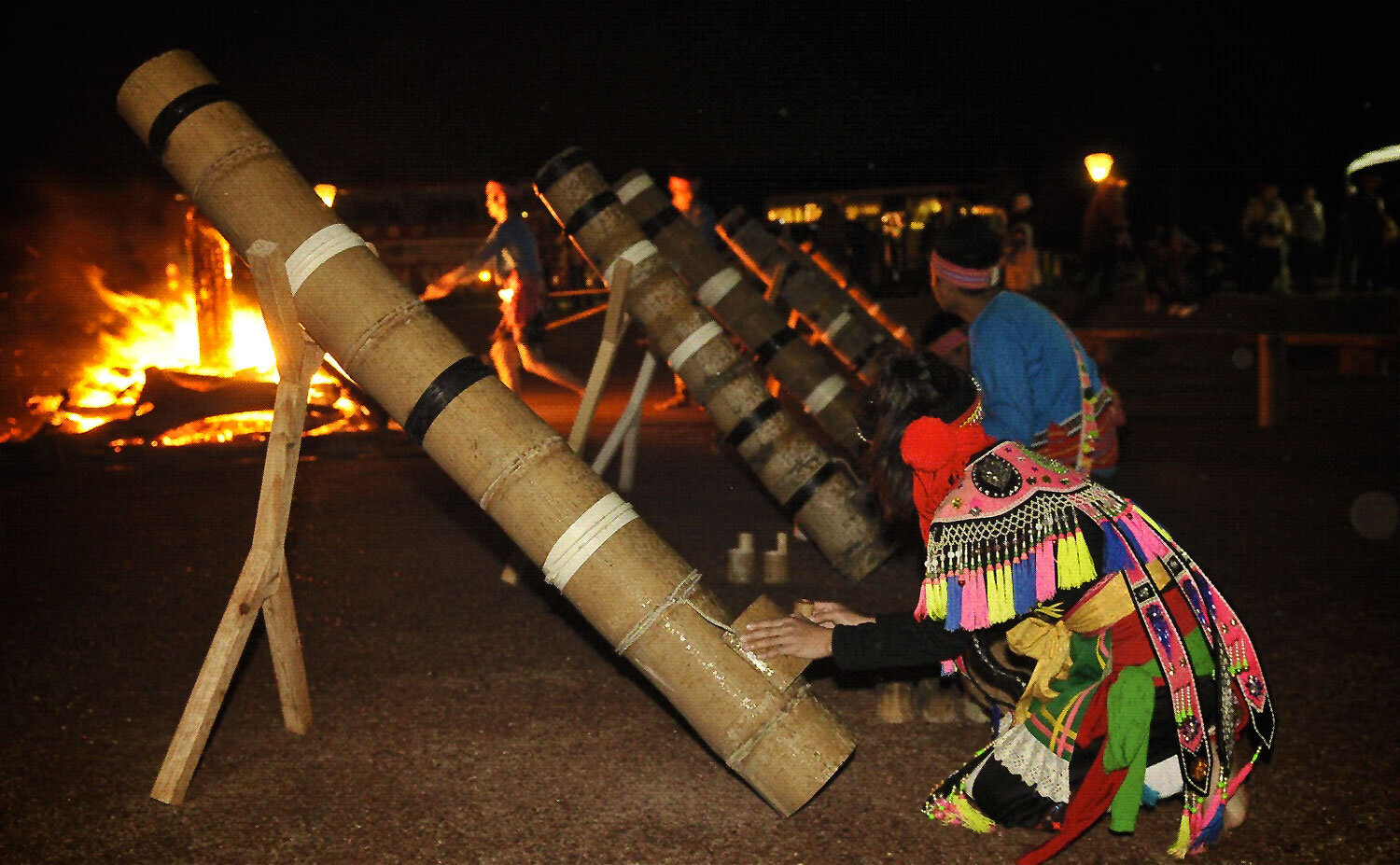

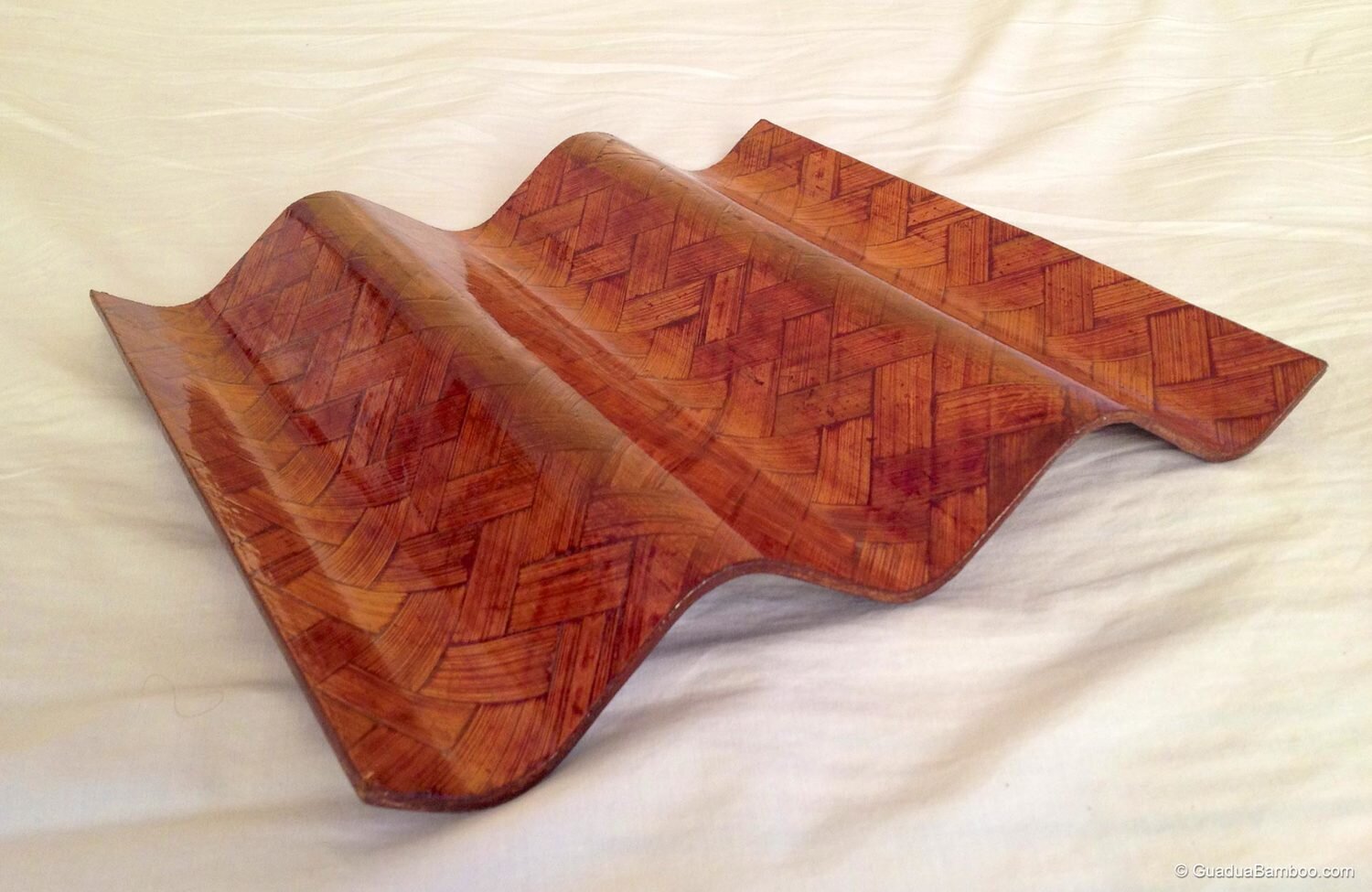


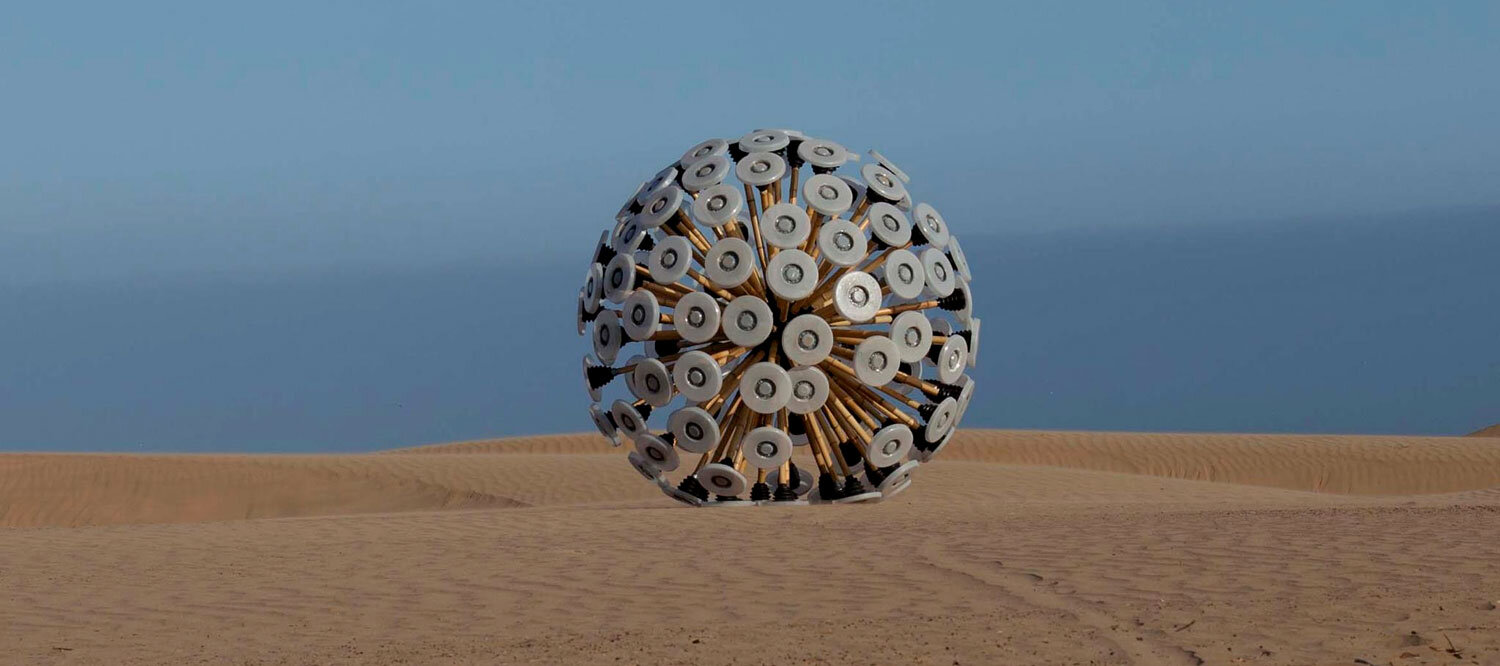

Are shoots of the Ghost bamboo (Dendrocalamus minor 'Amoenus') edible? When boiling the bamboo shoots, how many water changes are required?